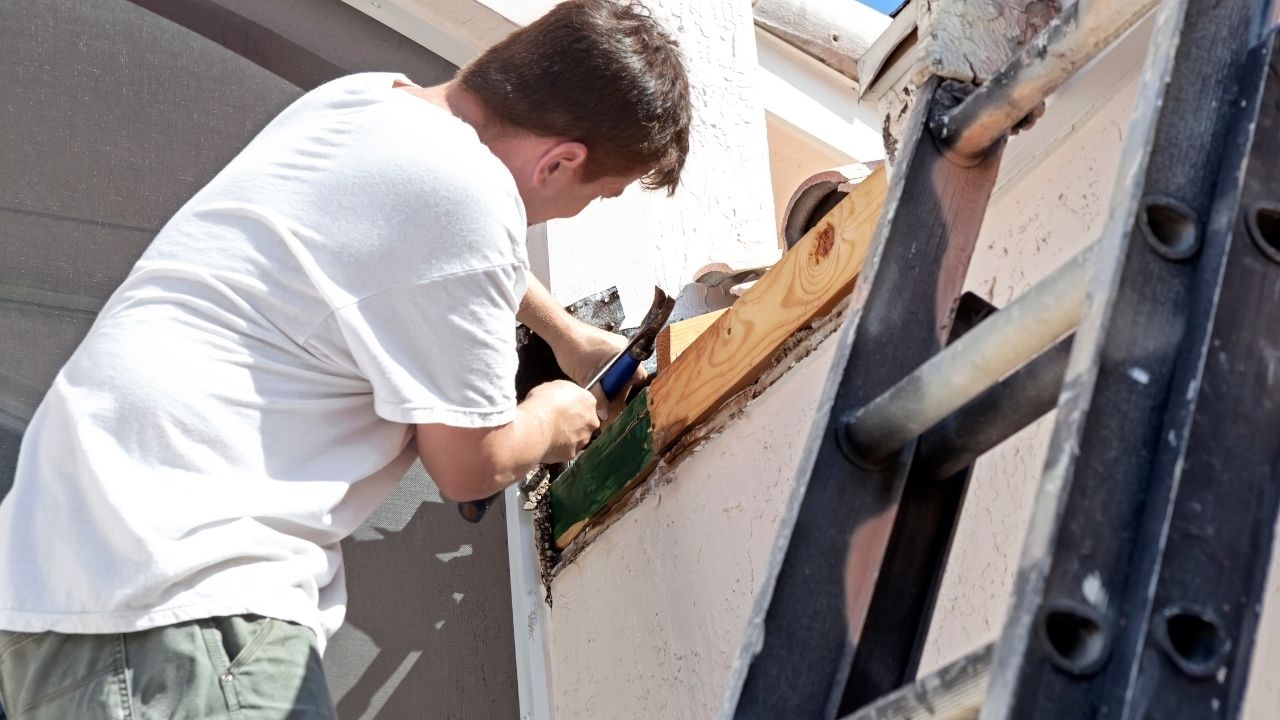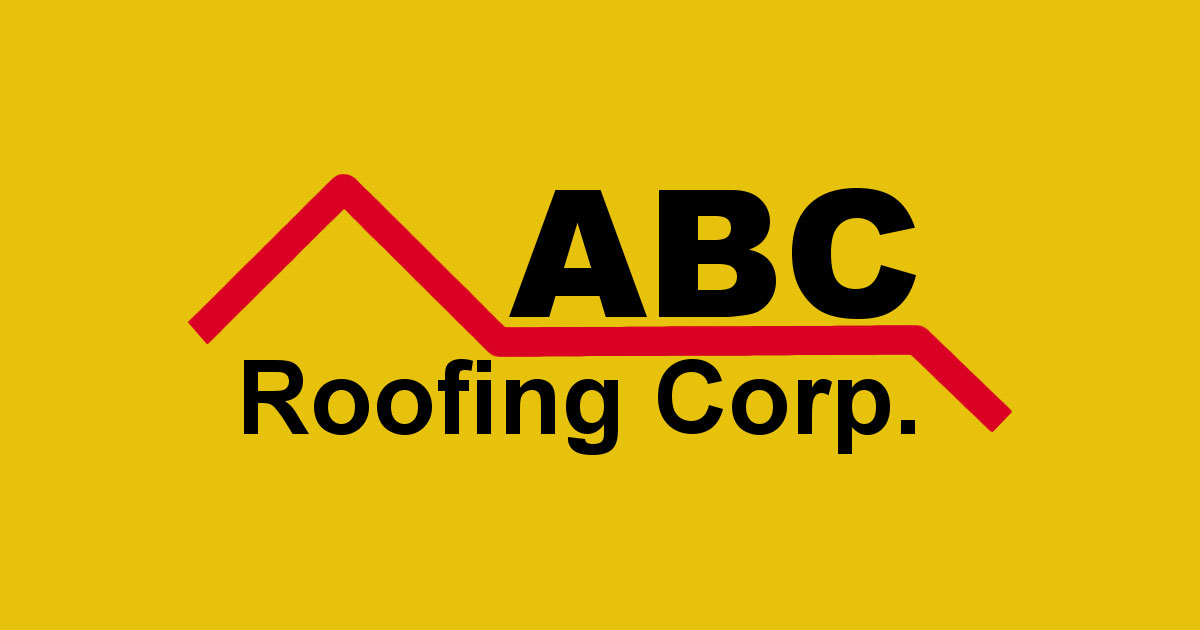
There are many types of roofing drainage systems. A downspout drainage system is the most common. It directs water away of scuppers to the ground. Cast iron drainage systems are sturdy and very reliable. They also feature a protective cover to keep large debris out. Cast iron is expensive and requires regular maintenance. Polyvinylchloride (PVC), drainage systems are cheaper and more versatile.
There are three basic types in roof drainage systems. A common one is a RD-300-AC roofing drain, which features a highly reliable compression seal to minimize the risk of leakage. Another type of roofing drainage system that is available is the RD-300 AC. This drain system is equipped with a domed strainer. It can be adjusted in width from one inch to three and a half inches. These drainage systems are made from an epoxy-coated cast iron and feature a self-locking polyethylene dome.

There are two types roofing drainage systems. Positive roof drainage systems employ siphoning as a drainage system. They are most popular on flat commercial rooftops. They also require fewer drains than other roofing drains. In addition, these systems are cheaper than others, and the installation process is much simpler. However, they typically need more maintenance than other types of roofing drainage systems. This type of drain system does not need as many sloping roofs as other systems.
A primary roof drain is connected to other parts of the roof drainage system. Its primary function involves transporting rainwater to the ground, or to another area. These drainage systems can be called overflows. These roof drains are equipped with a 2'' water dam. It can be external or internally. They are best suited for situations in which a lot of water is on a roof. A secondary drainage system will be necessary if the primary roof drainage system becomes blocked.
There are many types to choose from when it comes to roofing drains. Some are invisible while others can be seen. You must ensure that your inner roof drainage system is properly installed. An ideal method is to have a lower channel rather than a larger one. These are more effective, but it is important to not flood your home with water if you install the inner roof drain inside the roof.

Scuppers are the most common type of roofing drain. They are installed on the edge of a roof and are designed to prevent water from pooling on the roof. These gutters are made of sheet metal and usually come with a gutter or downspout. In some cases they can be attached directly or secured with an underdeck clamp. So, the right roofing drain depends on the location. It should be located in the center of the parapet and sloped away from the building's exterior wall.
FAQ
How do you sell your house quickly and without the need to pay realtor fees
If you want to sell your house quickly, then you should start looking for buyers immediately. This means that you should accept any offer from the buyer. If you wait too long you might lose out on potential buyers.
Can I renovate my whole home myself?
Do it yourself - you'll save time and money.
It doesn’t matter how much DIY is your passion, sometimes it can be difficult to do the job yourself. There may be too many variables involved for you to control.
If you have an older home, for example, the wiring might be outdated. To ensure safety and reliability, you will need to hire an electrician.
Also, you should consider that some structural damage may not be possible during renovations.
You might not have all the necessary tools to do the job correctly. For example, if your goal is to install a new sink in your kitchen, you will need to purchase a plumber’s snake, which is designed to clear blocked pipes.
You will also need a licensed plumber to work on your plumbing project.
You need to be able to do the job before you take on any large tasks.
If you are unsure whether you can tackle the job yourself, ask for help from friends and family members who have done similar projects before.
They can provide advice on the best steps to take and places to find more information.
What should I consider when buying a new home?
Be sure to have enough money in reserve for closing costs before you purchase a new home. You may want to refinance your mortgage if there isn't enough cash.
How many times should my furnace filter need to be changed?
How often your family expects to use the heating system in their home will determine the answer. If you plan to leave your house for long periods of time during cold weather months, you may consider changing your filter more frequently. If you're not often out of your home, however, you may be more able to wait for the filter to change.
A typical furnace filter lasts approximately three months. This means that you should replace your filters every three months.
The manufacturer will also give you recommendations on when to change your filter. Manufacturers recommend changing your filter after each heating season. Other manufacturers suggest waiting until visible dirt builds up.
How can I find a reliable contractor?
Ask family and friends for referrals when looking for a contractor. Also, look at online reviews. You should ensure that the contractor you select has experience in the field of construction you are interested. Refer to previous clients and verify their references.
Statistics
- It is advisable, however, to have a contingency of 10–20 per cent to allow for the unexpected expenses that can arise when renovating older homes. (realhomes.com)
- On jumbo loans of more than $636,150, you'll be able to borrow up to 80% of the home's completed value. (kiplinger.com)
- A final payment of, say, 5% to 10% will be due when the space is livable and usable (your contract probably will say "substantial completion"). (kiplinger.com)
- Rather, allot 10% to 15% for a contingency fund to pay for unexpected construction issues. (kiplinger.com)
- ‘The potential added value of a loft conversion, which could create an extra bedroom and ensuite, could be as much as 20 per cent and 15 per cent for a garage conversion.' (realhomes.com)
External Links
How To
5 Things You Should Know Before Starting Your House Renovation
-
Are you sure that this is something you want to do? It's likely that you will need assistance if you plan to tackle a large home improvement project, such as remodeling your kitchen or bathroom or building a new home. But if you don't feel confident enough to tackle such a large task alone, then you might want to reconsider doing so. It could take up a lot of your time and money, and you won't get any real benefits from it. Instead, why not hire someone who knows what they're doing to help out? They will help you save time and stress and still give you a beautiful home to live in.
-
How much should I spend? This might sound obvious, but spending too much money on a renovation could lead to more problems. It's because you'll most likely be responsible for paying back the majority of the costs. Keep your budget in mind. Without it, you may end up paying a lot but not getting anything back.
-
Do I prefer to hire professionals or DIY? - There's no right or wrong answer here, but we'd recommend hiring professional tradespeople if you can afford them. You can trust them to provide you with advice and guidance on how to proceed with your job. They can install the plumbing correctly and make sure that it is done safely. DIY projects require lots of trial and errors, which can mean you'll have many lessons to learn. There will be many problems along the way.
-
Can I afford it? - Don’t underestimate the cost associated with a home renovation. Even if you believe you can handle it yourself, it might be necessary to borrow money from your family or friends just to cover the costs. When you want to sell your existing property quickly after the renovations are complete, you will need to account for the price of selling it.
-
What is the best place to start? There are no right or wrong places to begin when choosing where to start. We recommend that you pick something that you are passionate about. You'll feel more motivated to work and less likely to procrastinate. Also, try to avoid places that require a lot of maintenance. You should avoid redecorating your living room if it is always covered in dirt and dust.